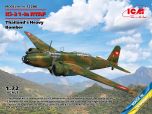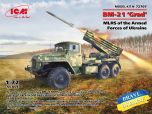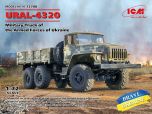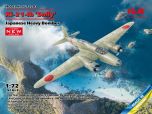ICM 1/72 Focke-Wulf Fw-189C/V-6, German Attack Aircraft # 72290
The Focke-Wulf Fw 189 was primarily known as a twin-engine reconnaissance and observation aircraft used by the German Luftwaffe during World War II.
However, there were several variants and prototypes developed for different roles, including the Fw 189C/V-6, which was designed as an attack aircraft.
Development and Design
The Focke-Wulf Fw 189 was designed by Kurt Tank and first flew in 1938. The original Fw 189 was a highly effective reconnaissance aircraft, characterized by its distinctive twin-boom design and excellent visibility provided by its extensively glazed cockpit. Recognizing the versatility of the Fw 189 platform, Focke-Wulf engineers developed several variants, including the Fw 189C series, intended for ground attack roles.
The Fw 189C/V-6 was a prototype attack aircraft built to test and evaluate the concept. Key features of the Fw 189C/V-6 included:
Armament:
The aircraft was equipped with forward-firing 20mm MG FF/M cannons mounted in the wing roots.
It also had provisions for carrying bombs or rockets for ground attack missions.
Defensive armament included rearward-firing machine guns to protect against enemy fighters.
Armor:
To enhance survivability during low-level attacks, the Fw 189C/V-6 featured additional armor plating to protect the cockpit and engine nacelles.
The crew compartment was also reinforced to withstand small arms fire and shrapnel.
Engines:
Powered by two Argus As 410A-1 engines, which were reliable and provided sufficient power for the aircraft's intended role.
The engines were mounted in streamlined nacelles to reduce drag and improve performance.
Cockpit and Visibility:
The cockpit maintained the Fw 189's characteristic extensive glazing, offering excellent visibility for the pilot and crew.
This was crucial for reconnaissance and targeting during ground attack missions.
Operational Role and Evaluation
The Fw 189C/V-6 was primarily intended to perform close air support and ground attack missions, roles that required precision and the ability to withstand enemy fire. However, several challenges emerged during its evaluation:
Performance:
While the Fw 189C/V-6 had good visibility and stability, its overall performance was not significantly better than existing attack aircraft like the Junkers Ju 87 Stuka.
The relatively low speed and limited bomb load capacity restricted its effectiveness as a dedicated attack aircraft.
Versatility:
The original Fw 189 design was optimized for reconnaissance rather than attack missions.
Adapting the airframe for a different role introduced compromises that affected its overall capability.
Operational Use:
Despite its innovative design, the Fw 189C/V-6 did not enter mass production.
The Luftwaffe ultimately favored more specialized and proven ground attack aircraft, such as the Stuka, for close support roles.
Legacy
The Fw 189C/V-6 serves as an example of the German military's efforts to adapt existing aircraft for multiple roles during World War II. While it did not achieve widespread use, the prototype highlighted the flexibility and potential of the Fw 189 platform. The lessons learned from the development of the Fw 189C/V-6 contributed to the broader understanding of multi-role aircraft design and the challenges associated with adapting reconnaissance platforms for combat roles.
In summary, the Focke-Wulf Fw 189C/V-6 was a notable attempt to diversify the capabilities of an already successful aircraft, reflecting the innovative and experimental spirit of wartime aviation development.
















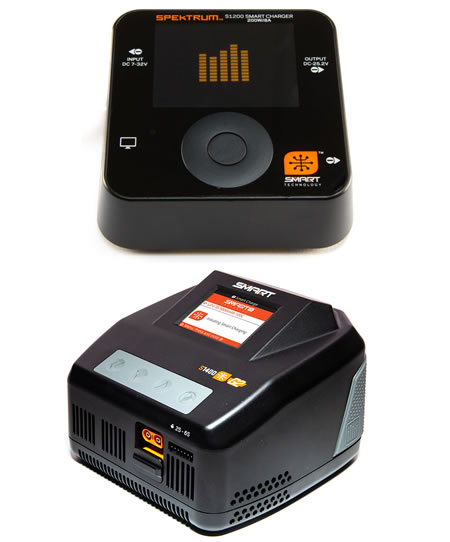






 Spread the cost with Paypal Credit
Spread the cost with Paypal Credit
 Spread the cost with Klarna
Spread the cost with Klarna










